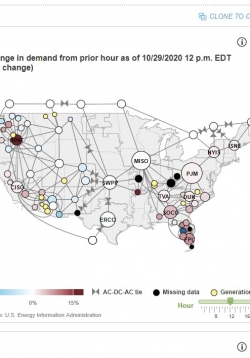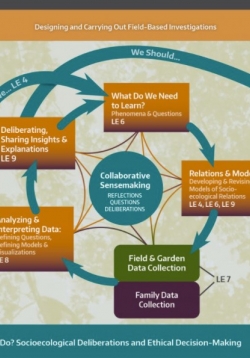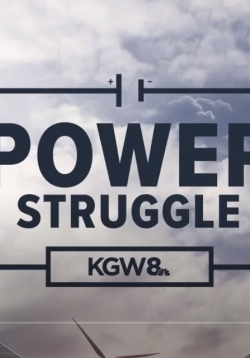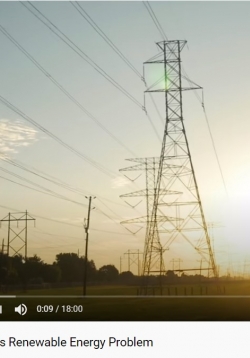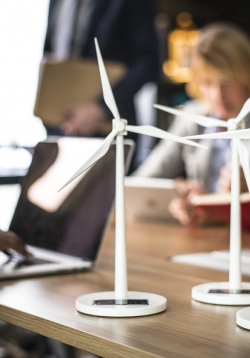
NGSNavigators podcast featuring Dr. Daniel Morales-Doyle, who discusses powerful impact of a justice-centered science pedagogy, which is one of the core pedagogies that informs CE's approach. He gives examples of what this looks like throughout different grade bands. He specifically shares a high school chemistry unit he taught in Chicago. In the show notes, find his research and similar articles of the impact of justice centered science pedagogy.

